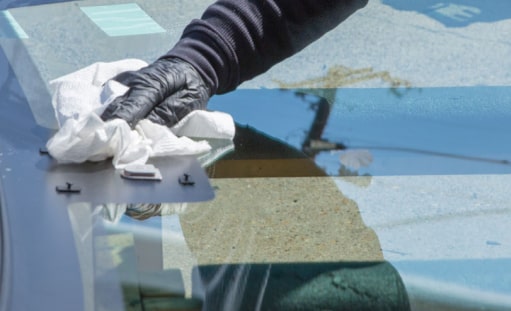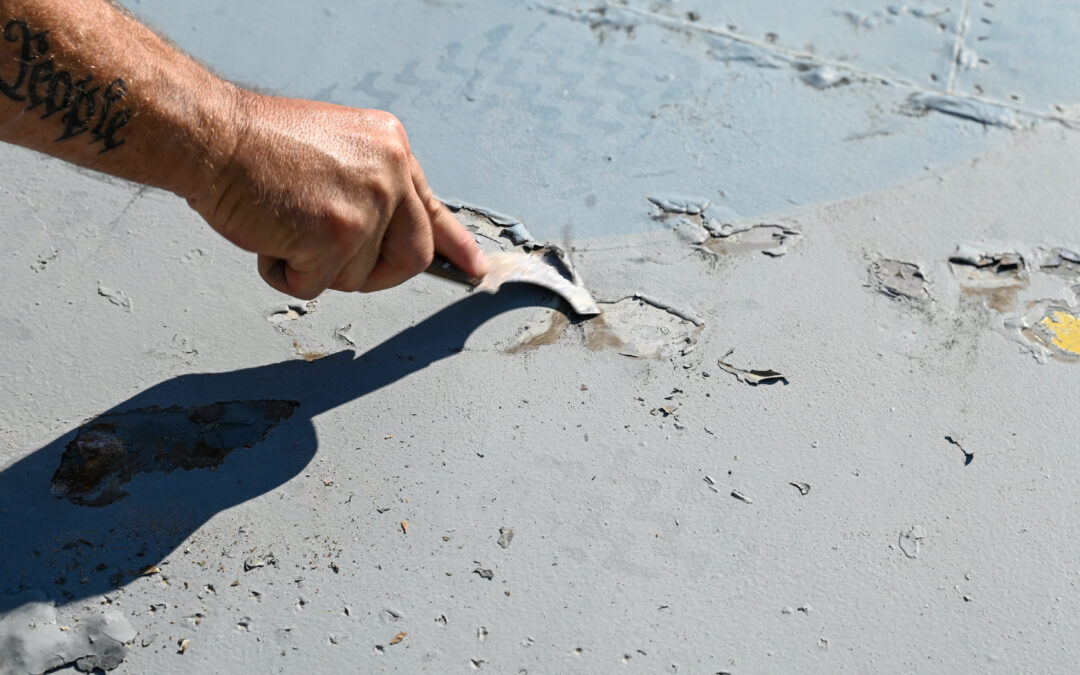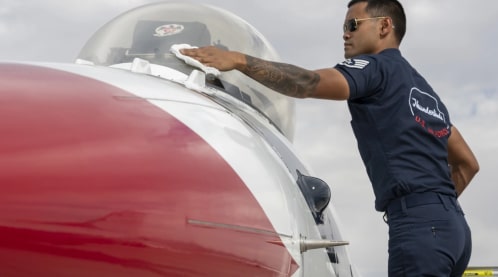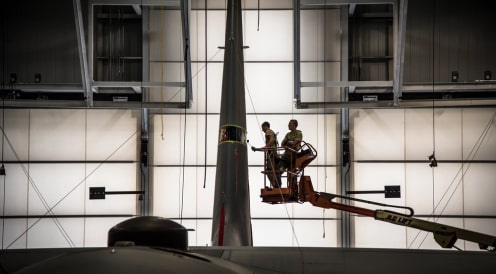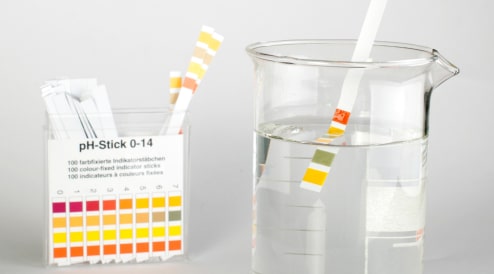The Revision E to SAE AMS3819 represents the culmination of more than a decade of committee work and industry input to modernize and clarify the aerospace industry’s benchmark specification for wiping materials used in painting, sealing, and surface preparation.
While the core performance thresholds for absorbency, linting, and extractable matter remain consistent with Revision D, the new revision makes three pivotal changes for engineers and procurement teams:
1. A more granular classification system – introducing explicit Class/Style/Type/Grade/Form designations that require remapping of existing products to ensure compliance and correct procurement language.
2. A landmark addition: the “Type 2” aircraft transparency cleaning cloth – for the first time, AMS3819 explicitly identifies and specifies materials suitable for cleaning polycarbonate and acrylic aircraft transparencies. This addresses a long-standing industry need for clarity around transparency cleaning to prevent scratching, residue, and optical distortion — a critical concern for both safety and maintenance costs.
3. Tighter procedural clarity – updated and expanded test method descriptions (particularly for water absorption, linting, and presaturated “Form 2” cloths), plus expanded supplier reporting requirements to reduce inter-laboratory variability and strengthen documentation.
Because this revision has been in the works for over ten years, it reflects a consensus of OEMs, MROs, and consumables suppliers. Transitioning to AMS3819 Rev. E will not only require product reclassification and potential requalification for some materials (especially blended nonwovens and presaturated wipes) but also opens the door to clearer, more reliable specification of materials for sensitive tasks like aircraft transparency cleaning.
Actionable Recommendations
AMS3819E marks a significant evolution in aerospace cleaning standards, introducing precise clarifications and groundbreaking advancements, notably the Class 3 transparency cleaning cloth, with BZ Performance Cleaning Cloths already setting a high standard for compliance. While maintaining core performance thresholds, the refined classification system, standardized test protocols (e.g., absorption, linting), and stringent Form 2 shelf-life requirements ensure enhanced reliability and safety for critical applications. These updates address long-standing aviation safety concerns, particularly for transparency maintenance, where improper cleaning risks visibility and structural integrity. To ensure a seamless transition, stakeholders should prioritize the following actionable steps:
- Map all current AMS3819 SKUs to the Rev. E schema (Class, Style, Type, Grade, Form) to align inventory with new classifications.
- Retest blended nonwoven products for the ≥400% absorption requirement under the clarified ISO 9073-6 method to address potential failures in high-porosity materials.
- Confirm Form 2 compliance for presaturated products, verifying binder absence, solvent compatibility, and ≥12-month shelf-life data under specified storage conditions.
- Update procurement documents and purchase orders to specify new classification fields and require expanded supplier shipment report details per Section 4.8.
- Revise standard operating procedures (SOPs) and operator training to reflect changes in material selection impacting surface-preparation processes, particularly for Class 3 applications.
- Plan for QPL review and supplier reapproval aligned with PD2000/PD2103 timeframes to maintain compliance and avoid supply chain disruptions.
By proactively addressing these steps, engineering teams, procurement specialists, and suppliers can mitigate risks, ensure compliance with PRI QPL-AMS3819, and leverage the enhanced safety and performance benefits of AMS3819E, solidifying its role as a cornerstone for modern aerospace maintenance.
